Food, Folklore and Land
© Giles DuleySouth Sudan
There is a story of a cunning fox and his love for the fruit of the Lalob tree. Every day he would watch with jealousy as the monkeys ate the fruit high in the tree where he could not climb.
Occasionally, one would drop and he would get to taste his favourite fruit.
Consumed by jealousy he slowly conjured up a plan. When the mothers had gone out to collect more fruit from the Lalob trees, he found a young monkey and inserted the stone of the fruit into its throat.
When the monkeys returned, they found the young one nearly dying. He was crying and barely able to breathe. With no idea what was wrong, they turned to the sly fox for advice; for the fox was known for his magical powers.
Pretending he had no idea what was going on, he said: “The Lalob fruit that you eat is cursed. That is why your child is dying.”
He bent down and removed the stone from the baby’s throat. “Look,” he said to the monkeys, holding the stone of the Lalob fruit above his head: “If you eat this fruit again, next time you may not be so lucky!”
From that time on the monkeys refused to eat the fruit. Instead it would grow ripe and fall from the tree and be gathered by the fox.
That’s how the cunning fox got to eat the Lalob fruit.
Stories possess a kind of magic, a mojo, something special, but something we cannot fully explain. In them we find comfort, understanding, empathy. They make us laugh, cry, remember the past and our ancestors. On many nights during my years of travelling in South Sudan, I have heard many such stories. Almost all are linked to land and food. For those who have lost their land, forced to find sanctuary among other cultures, it is in stories and food that the link with the homeland – identity - is maintained.
For the South Sudanese when they speak of home, they speak of their land; of the crops they grow, of the food they produce. They speak of land that belongs to their ancestors, of folklore and stories that bind them to it. A place where cows are revered, where honey is collected, traditional breads made. Success or failure, happiness or grief are all marked by the connection to crops and food. When they speak of good years, they speak of harmony with nature; when they speak of war, it is when this balance is broken. To cultivate, to grow, to eat what you have produced on your land; this is what HOME means to the South Sudanese.
And when that land is so closely associated with different tribes, to become internally displaced, is to be removed from all that is familiar; language, tradition, food. Indeed ending the civil war has been complicated by complex inter-tribe relationships of over 60 ethnic groups. If for example a Dinka finds themselves in the land of the Nuer; it is as if they have arrived in a different country.
South Sudan is the world’s youngest nation. It is also a country shattered into pieces by years of war and inter-tribal violence. It has one of the lowest life expectancies and highest child mortality rates in the world and is plagued by famine and drought. Nearly seven million of its inhabitants do not have reliable access to sufficient food. Violence and insecurity have led to massive movements of people. The UN Refugee Agency, UNHCR estimates over two million South Sudanese are living as Internally Displaced Persons (IDPs), whilst another two million have sought safety in neighbouring countries. Four million South Sudanese forced from their land, their home.

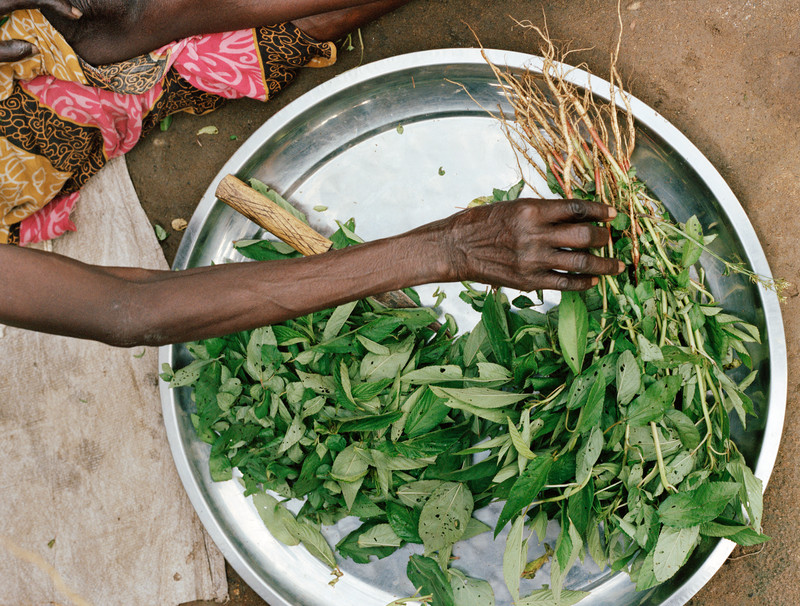
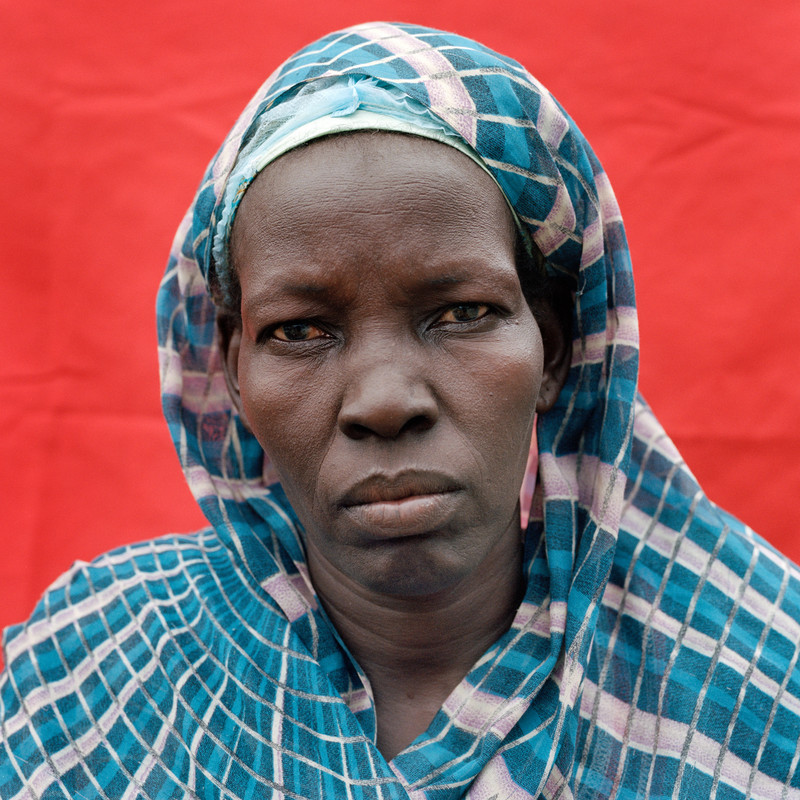

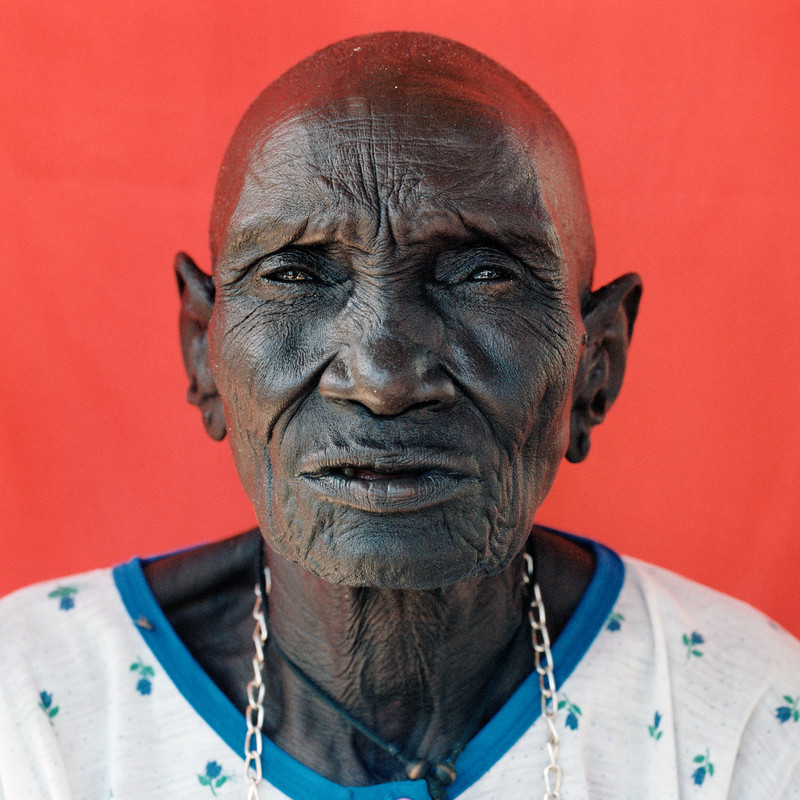
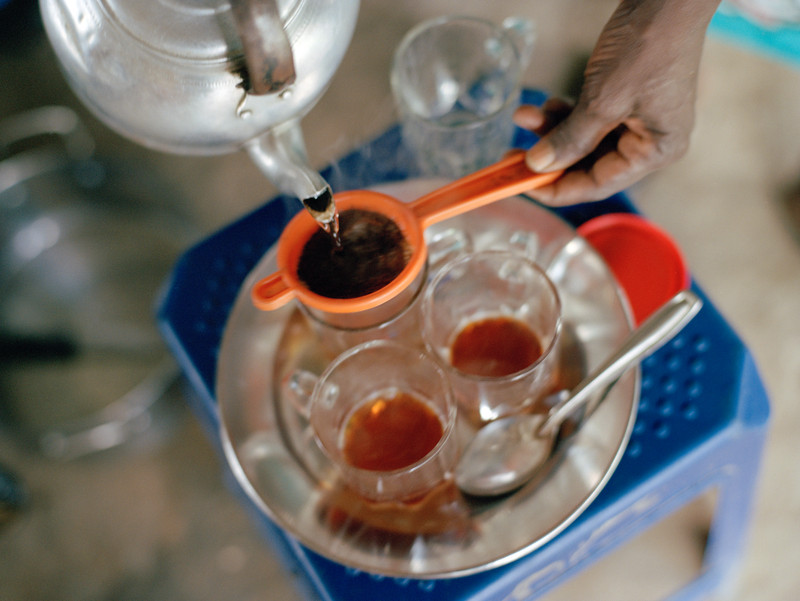
My work as a humanitarian photographer takes me to war zones, refugee camps and some of the most uninhabitable places on Earth. In these places of crisis where families are going through incredible hardship, how can you build relationships? Over time I have found the answer in food and in the intimacy of cooking and eating together. Through a shared meal, we go from stranger to acquaintance to friend.
When UNHCR asked me to document the experiences of refugees and the internal displaced of South Sudan, I knew I wanted to tell those stories through food. I have been visiting the country for 15 years, but despite my passion for learning about a country’s cuisine, I felt I knew little of the country’s food culture.
To dismiss food simply as a necessity is to dismiss the way it is bound up with identity. While a family may struggle to gather enough food to survive, it will still be cooked with love and respect to tradition and when ready, it will be shared together with conversation and laughter. In all of the countries I’ve worked in, preparing food and sharing a meal often gives momentary respite from the realities of war. As Sihan, a Syrian mother relocated to France, said to me: “It is the memories of food at home that will stay longest with me – and at least I can bring those flavours with me.”
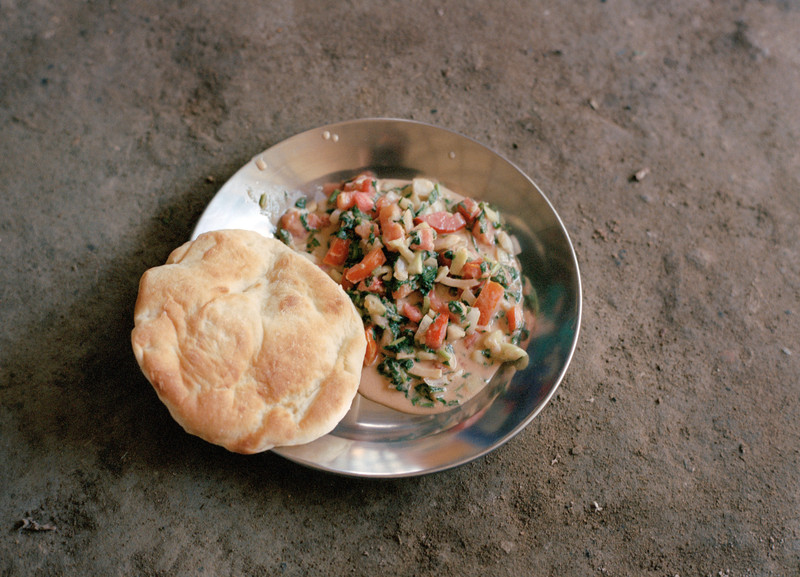
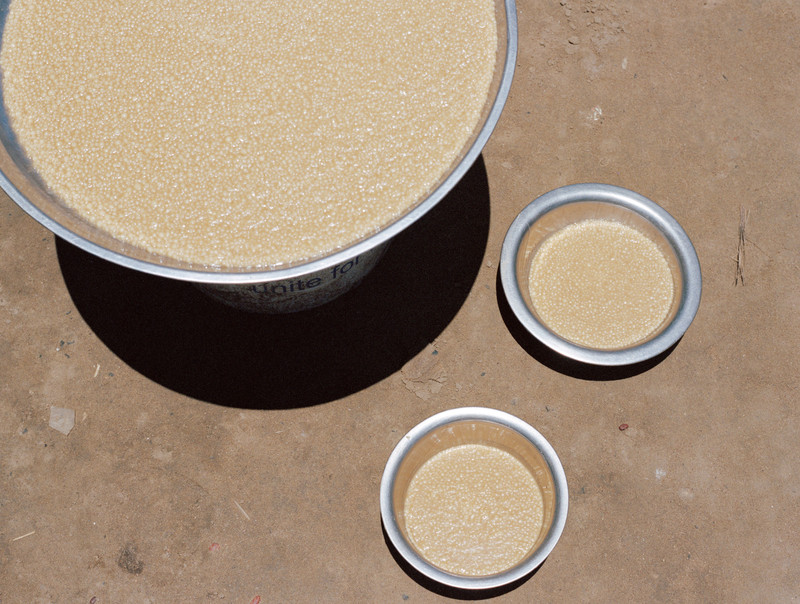

On the edge of Juba, South Sudan’s capital, lies the Mahad camp. Several thousand South Sudanese have found refuge here from the country’s brutal conflict, but life in the camp is hard. It is life is at its most basic. Families live cramped together under shelters made of plastic sheets, there is limited education and no space to grow food, meaning that its displaced occupants are dependent on food handouts.
Over several visits to Mahad, three women shared their stories of land and food and let me cook with them; each teaching me a dish that is tied to their memory of home.
click to view the complete set of images in the archive
This work was made with the support of the UNHCR
